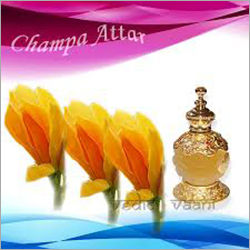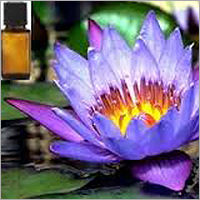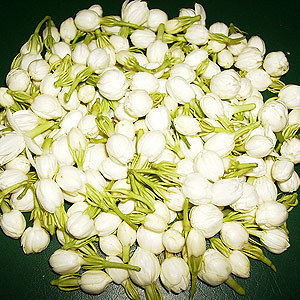
Gul Hina Attar
Product Details:
- Refractive Rate 0.998``
- Color Yellow
- Suitable For Personal Care
- Fragrance Level Natural
- Scents Fragrant
- Brand Name VAIBHAV PERFUMERY
- Perfume Type Fragrances
- Click to view more
Gul Hina Attar Price And Quantity
- 12000.00 - 14500.00 INR/Liter
- 1 Liter
- 12000 INR/Liter
Gul Hina Attar Product Specifications
- 1 Liter (L)
- Pale Yellow
- Other
- hina
- Petals
- Male Female
- Liquid
- .458` Gram per cubic meter (g/m3)
- 100%
- Natural Cosmetic
- 0.998``
- Home Personal care
- Yellow
- Personal Care
- Natural
- Fragrant
- VAIBHAV PERFUMERY
- Fragrances
Gul Hina Attar Trade Information
- jaipur
- Letter of Credit (L/C) Telegraphic Transfer (T/T) Paypal Western Union Letter of Credit at Sight (Sight L/C)
- 500 Liter Per Year
- 4 Days
- Yes
- Sample costs shipping and taxes has to be paid by the buyer
- CUSTOMIZED
- Australia Central America North America South America Eastern Europe Western Europe Middle East Africa Asia
- All India
- ISO 2009-2015, COA
Product Description
Gul Hina Attar
Lawsonia inermis commonly known as Henna is a well-known plant used in the Indian medicine. Various parts of this plant have been used in traditional Indian medicine. The plant has wide range of phytochemicals including lawsone, isoplumbagin lawsoniaside, lalioside, lawsoniaside B, syringinoside, daphneside, daphnorin, agrimonolide 6-O--D-glucopyranoside,(+)-syringaresinol O-¸-D-glucopyranoside, (+)-pinoresinol di-O--D-glucopyranoside, syringaresinol di-O--D-glucopyranoside, isoscutellarin3, hennadiol, (20S)-3 30-dihydroxylupane, lawnermis acid, 3-methyl-nonacosan-1-ol, laxanthones I, II, III and lacoumarin etc.The various in-vitro and in-vivo studies of L. inermis reported the plant to have antibacterial, antifungal, antiparasitic, antiviral, anticancer, antidiabetic, tuberculostatic, anti-inflammatory, antifertility and wound healing properties. This review discusses on the botany, traditional use, phytochemistry and pharmacological data of the plant.Detailed Henna applied to the skin, provides cooling and astringent action along with protection against many surface fungi and bacteria. Henna or Hina is a flowering plant, Lawsonia inermis, used since antiquity to dye skin, hair, fingernails, leather.

Price:
- 50
- 100
- 200
- 250
- 500
- 1000+









